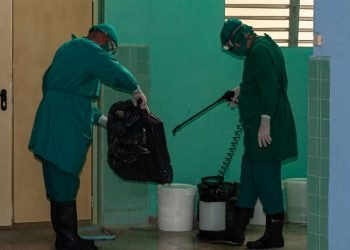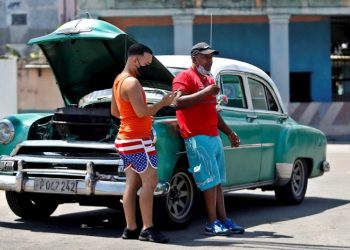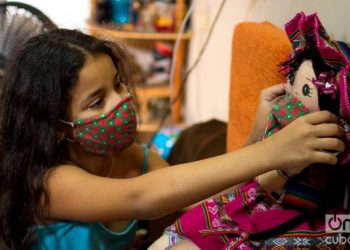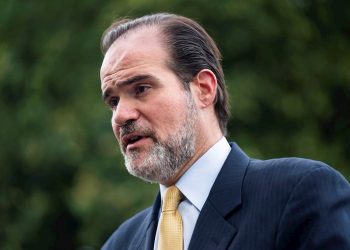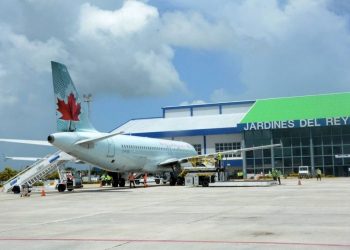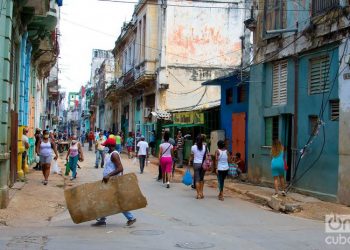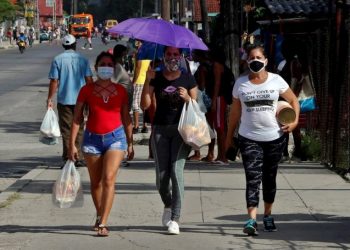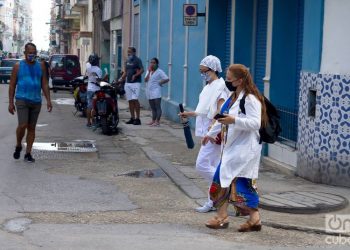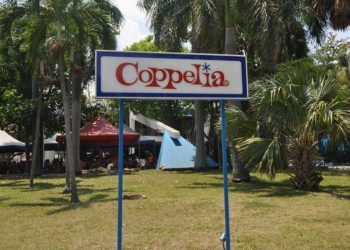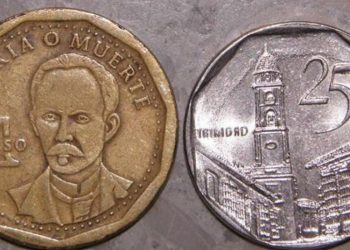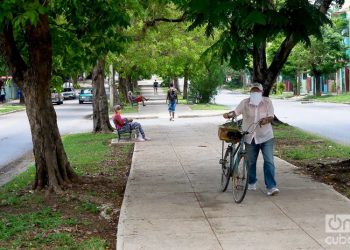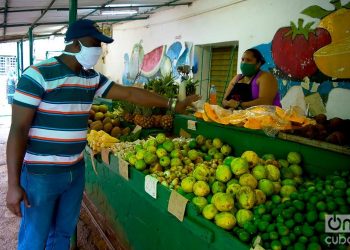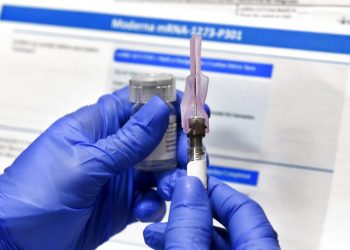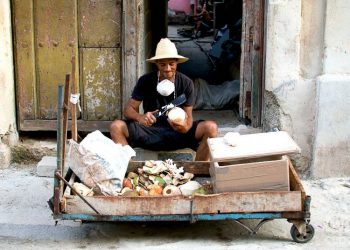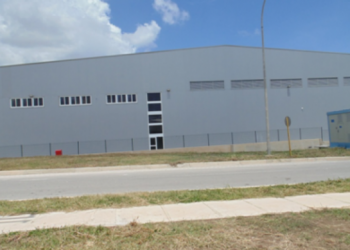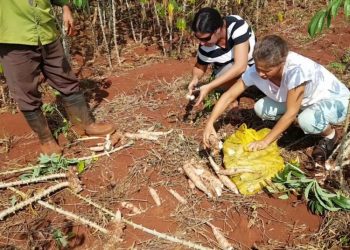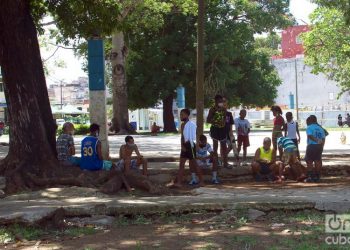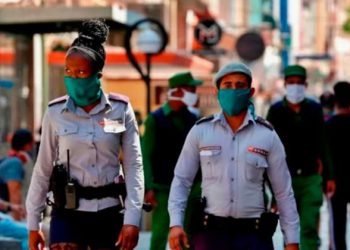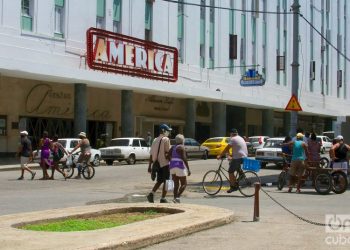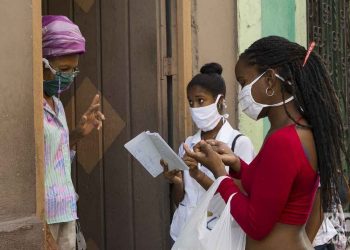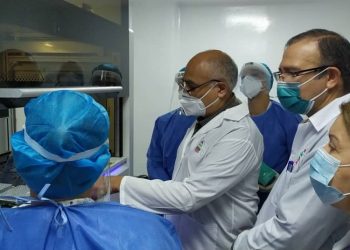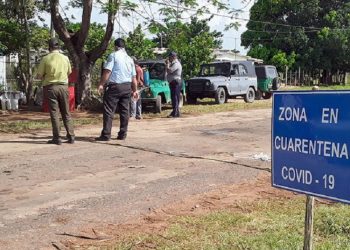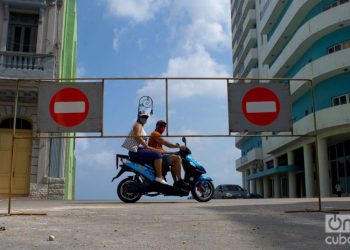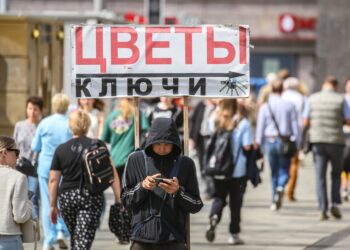Camagüey hastens restrictive measures in face of new COVID-19 cases
Help us keep OnCuba alive The Camagüey government decided to adopt new measures to strengthen surveillance and control of COVID-19, including a night curfew, after the appearance of three new confirmed cases of the disease in that Cuban province. The three new cases reside in the main municipality and two of them are workers of a Banco Popular de Ahorro bank located in the center of the city, “which intensifies the alert to the possibility of transmission due to the constant influx of public to the site,” the website of Radio Cadena Agramonte pointed out. The fact that its source of infection has not been determined sets off the alarms of the authorities of the territory. Those infected with the coronavirus in Camagüey, and those transferred from neighboring Ciego de Ávila―which is together with Havana one of the territories most affected by the pandemic―are treated at the Octavio de la Concepción and Amalia Simoni hospitals, which suspended the rest of the emergency services and doctor’s visits, said the provincial deputy director of healthcare, Dr. Lorena Reitor, according to the Adelante newspaper. Three other imported cases from the territory are being treated in Havana, where they were fulfilling the mandatory quarantine...


